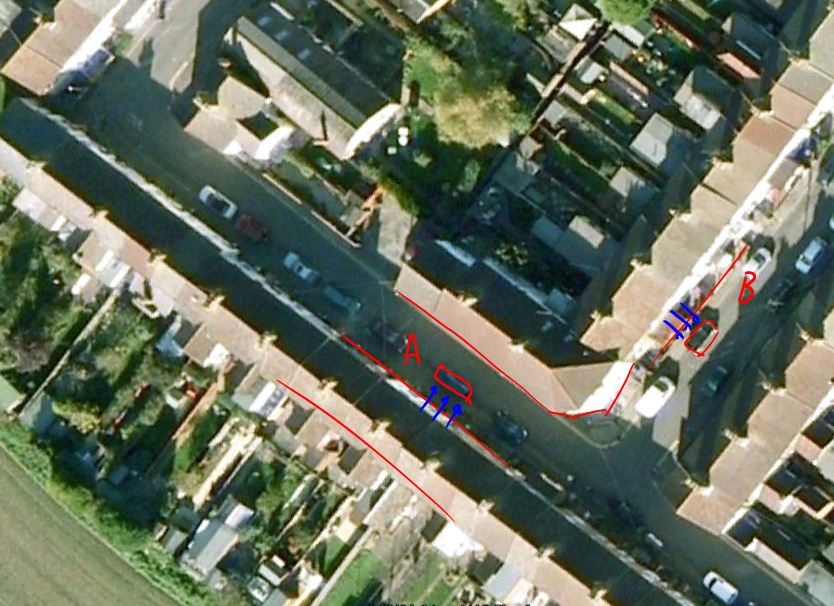While on my trip to Washington DC I met someone who asked me for my opinion on a bracelet / wrist band thing they had bought. I was worried at first because these things tend to be utter rubbish, woo if you will. There are many performance bands that are supposed to interact with your body’s vibrations and improve your coordination and these are all fraud. They don’t work and they never will. If someone like Powerbalance can show that their bracelet works then we will have to re-write all of modern physics [similarly if ghosts exists then what are they made of? Get me the proof and we’ll develop new physics].
I had just been introduced to the Up by Jawbone wristband. A movement (not position) tracker. It has a gizmo inside that measures how much you move and then you can upload that data to your iPhone or android device. I was so excited by this that I went and bought one from the Apple shop in Georgetown [DC].
The device is easy to use. You wear it on your wrist and then upload the data to your phone app twice a day. You don’t have to upload the data that often but it seems about right.
I have to say I have been really impressed with the data I can collect. The Up band will time and measure the distance of a run, it’ll buzz me when I’ve been inactive. It can tell what sort of sleep I am having and when I got up to look after my boys.
The big question is how to use the data. It’s all very well collecting this stuff but it’s another knowing what to do with it. I have no idea how to use this data to inform what I should do in the future. The walking and running data is fair enough, I know I can aim to move around more but the sleep data? I can only sleep how I sleep. Perhaps I need to search the interweb thing to see if I can find out how to improve my sleep without having to give up alcohol! I love my wristband. I love the information it collects and the graphics it shows me. I’m just not sure what it tells me!












